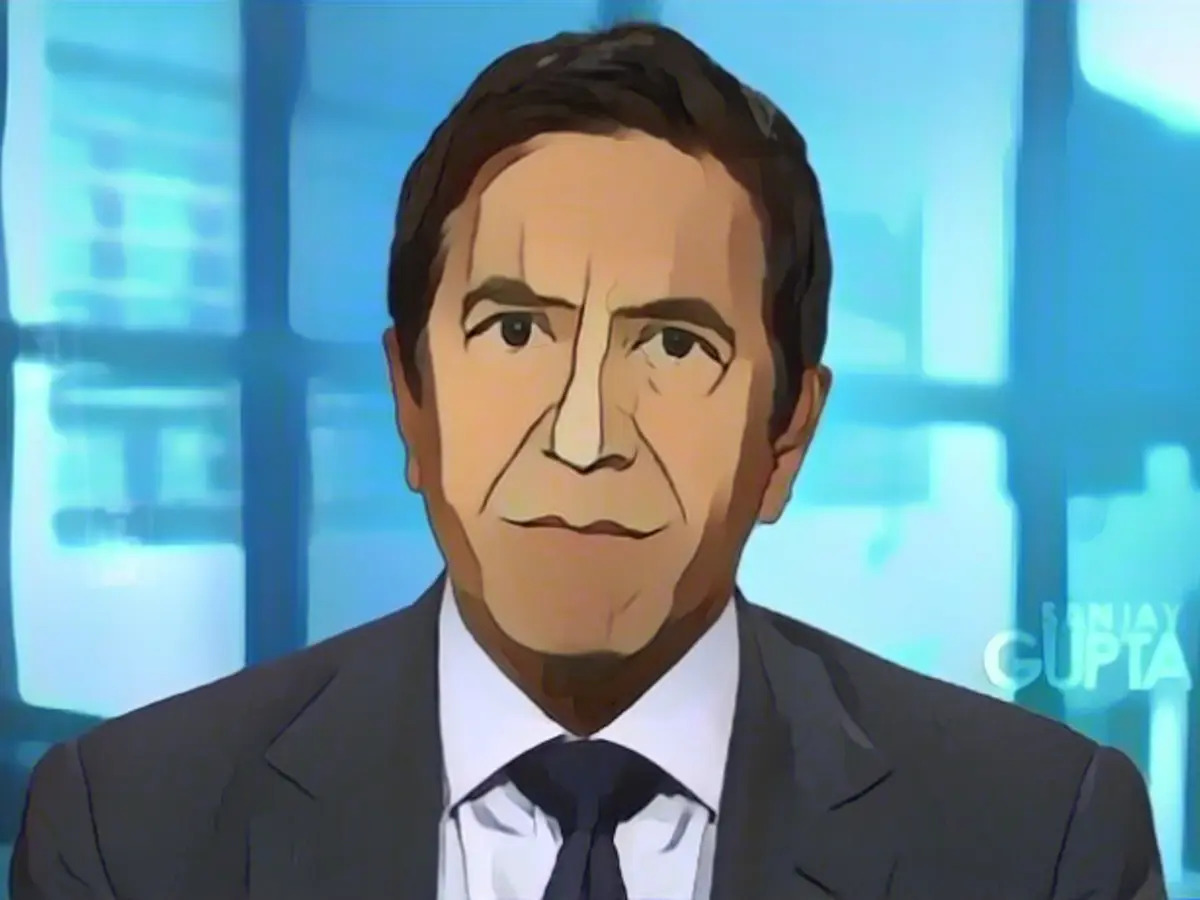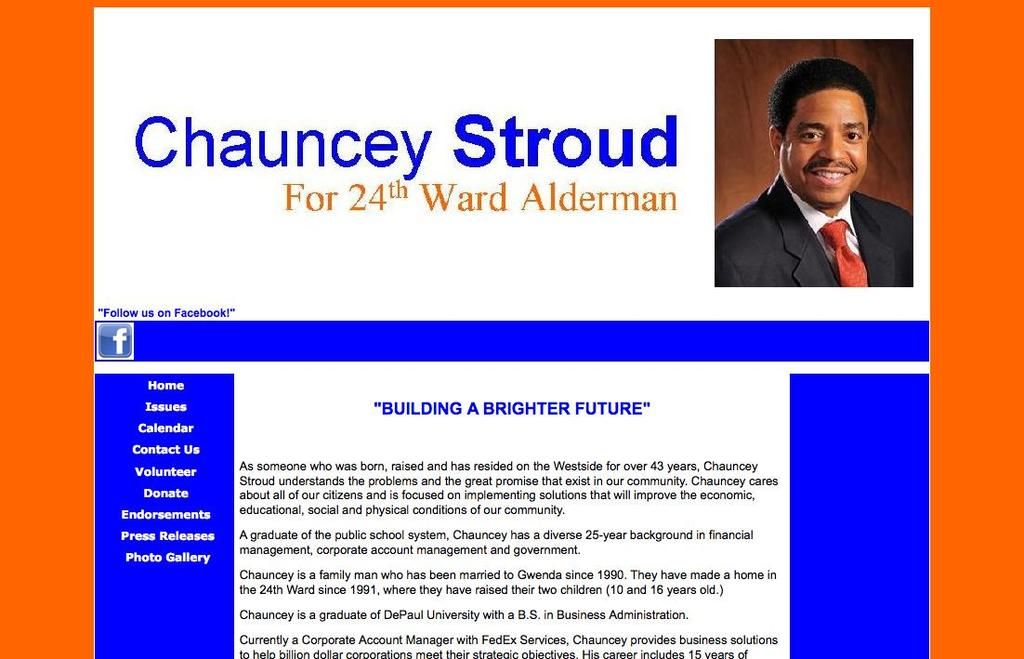Navigating the Divide in COVID-19 Response: Public Health Dissent
As the pandemic continues to evolve, public health leaders have faced growing disagreements over the best strategies to tackle COVID-19. This divide, according to medical ethicist Art Caplan, marks the "strongest division" he has ever witnessed within mainstream public health circles.
The chasm emerged as public health experts started receiving online attacks and even death threats due to the polarizing nature of their views. Peter Hotez, Co-Director of the Center for Vaccine Development at Texas Children's Hospital, highlighted the issue, noting the significance of saving lives and promoting vaccinations during the crisis.
Controversial Voices and the Evolving Paradigm
The division within public health communities is not a simple binary split. Traditional "hoax" deniers remain, but as events unfolded and the situation grew more complex, numerous differing voices have emerged. This dichotomy has given way to a multifaceted, often contentious, battleground of perspectives, making the task of crafting cohesive messaging even more challenging.
Some influential figures adhere to the position that the pandemic is not as severe as health authorities claim, but others argue for stricter measures to protect vulnerable populations. A middle ground has emerged, and navigating these differing viewpoints is a delicate balance between promoting public health and respecting individual freedoms.
Public health experts like Leana Wen, a medical analyst at CNN and Professor of Public Health at George Washington University, offer nuanced perspectives that challenge traditional notions. In an evolving landscape, Wen has adjusted her approach to incorporate new insights and promote evidence-based responses.
Balancing Individual and Public Health considerations
As Wen's family was adapting to the pandemic, they found the conflicting advice and information overwhelming. Initially, they opted for extreme measures, including masks, staying home, and avoiding social gatherings. However, as the Omicron variant emerged and spurred new challenges, they began to reassess their precautions. The arrival of vaccines for their children brought a sense of relief and security, allowing them to gradually ease up on mask requirements while still prioritizing their health.
Public health experts like Wen face criticism and backlash when they express moderate viewpoints. Despite controversy and accusations of flip-flopping, Wen remains committed to fostering an open dialogue between public health authorities and the public.
Navigating the Anti-Public Health Sentiment
The pandemic has uncovered a growing anti-public health sentiment in the United States, with public health officials facing threats and intimidation. As a result, countless professionals have left the field due to the hostile environment. Alex Johns, author of "For the Common Good: Philosophical Foundations of Research Ethics," emphasized the importance of distinguishing public health's collective focus versus the traditional individual medical model.
"Polarization surrounding false dichotomies results in neglecting the importance of practices such as improving ventilation, promoting sick days, and encouraging mask-wearing when sick in public spaces," Johns noted.
The Individual vs. Collective Health Dilemma
Steven Thrasher, Professor at Medill School of Journalism, believes the issue stems from an antagonism between the individual medical model and the public health model. He asserts that advocating for an individualized approach to COVID-19 could further exacerbate the divided response. Meanwhile, Thrasher argues that making medications and other protective measures widely available is crucial for collective health.
The Future of Public Health Messaging
Public health advocates, such as Alex Johns and Steven Thrasher, recognize the need for refining public health messaging to foster greater understanding and trust. Communicating the value of focusing on global health ensures that individuals understand public health's responsibility for ensuring collective wellbeing.
As public health leaders work to navigate the challenging landscape of COVID-19, developing clear and cohesive messaging will remain an essential challenge. By recognizing and addressing the contributing factors to the divide, leaders can prioritize shared goals and promote the greater good for the community.
Additional Insights
- The partisan divide in the U.S. has led to a significant erosion of trust in institutions, including public health organizations. Demographic differences and the polarized debate over COVID-19's impact have created challenges in building consensus around public health responses.
- The emergence of pseudoexperts and the widespread dissemination of misinformation have exacerbated the division within public health communities, further complicating the messaging and strategies for addressing COVID-19.
- Public health specialists should consider using emotional and moral language to foster understanding, build trust, and engage effectively in digital spaces. Balancing messages around individual freedom and collective responsibility will enable a more nuanced and supportive public response.
- Strengthening public health communication efforts involves continuing education and sharing best practices to distill lessons learned during the pandemic, particularly as it pertains to engaging audiences through various digital platforms.








